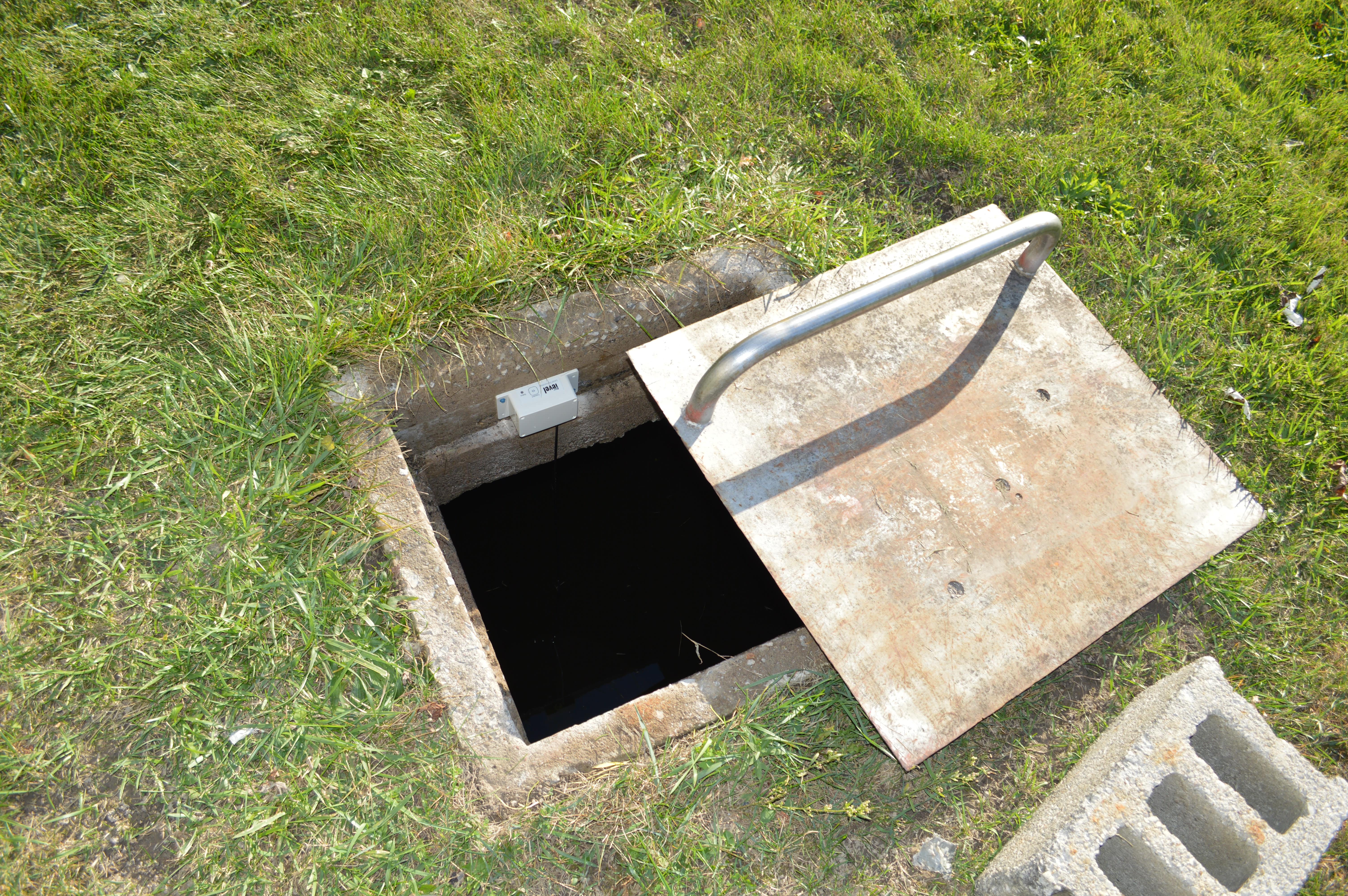How to clean a cistern
Whether you have a plastic or cement cistern, rain water collection system, or other water tank; consistent and regular maintenance is important to maintain clean and safe water. We highly recommend you consider hiring a professional to clean your tank. They often have experience and tools that are just unmatched by the DIY’er. But if you’re up for the challenge, here are some frequently asked questions about how to clean a cistern to help you tackle the job yourself!

Question: How often should a cistern be cleaned?
Answer: The quick answer is, you should be cleaning your cistern yearly. But there are a variety of factors that can affect the cleanliness of a cistern. Cisterns get “dirty” for several reasons such as hauled water vs rain water collection, different climates, and the material the cistern is made out of (cement vs plastic tank). Because of these reasons, cisterns will need to be cleaned more or less often.
Generally, if you only have water hauled to you and you are not collecting any water that isn’t already purified in some way, your cistern will need to be cleaned less often, likely every 2-3 years. This also depends on local contaminants and the material your cistern is made out of.
If you are collecting rain water, your cistern should be cleaned more often. Usually cleaning is recommended yearly but you may want to clean the cistern more frequently.
Different climates can also affect bacteria levels, sediments, and other water contaminants. Since there are too many climates to mention, it is best to do your own research on your climate to determine what contaminants may be affecting your water.
And finally, the material your cistern is made out of may also affect the frequency of a needed cistern cleaning. A cement cistern is porous, and will likely contribute to more sediment and sludge. A plastic tank will still need to be cleaned regularly and may be more prone to algae build up.
Always clean your cistern if the water starts to look, smell, or taste different.
Question: How do you clean a cistern?
Answer: The Centers for Disease Control and Prevention has a written a great article on the subject. Please visit here for their maintenance advice on cisterns and other rain catchment systems.
Step 1. Remove all debris and water from the cistern as well as debris from water collection points (eg if you collect rain water, clean your eaves troughs). This step applies to all cisterns, wells, rain water collection systems, and other liquid tanks.
Step 2. For cement cisterns, scrub the inside of the cistern with a stiff brush and a solution of 1 cup of bleach mixed with 10 gallons of water. Since bleach isn’t recommended for plastic cisterns, contact the manufacturer of your plastic cistern, or read the instruction manual on what your manufacturer recommends. Be mindful of your air quality when you’re in a cistern! Breathing in fumes from chemicals can be dangerous, and sometimes even fatal. Always read and follow all instructions on the materials you are using.
Step 3. Rinse cistern with clean, safe water, and then drain. If you still smell bleach, rinse the tank once or twice more.
Step 4. Refill the cistern with clean, safe water.
When it doubt, reach out to a professional to have your cistern cleaned. Cistern cleaning professionals have the tools, experience, and knowledge to do a great job for you! They can often use a pressure washer, reducing the need for chemicals as well as use a wet vacuum to suck out all debris and sludge. The professionals will inspect your cistern for cracks and other defects. Go to Google Maps, and then type in “cistern cleaners near me” to find some local providers.
Question: Can I use bleach in my cistern?
Answer: If you have a cement cistern, bleach is often the recommended chemical to use for cleaning, and sometimes even maintaining clean water. You can do your own research on whether you feel like bleach is the right solution for you, but here are the recommended solutions:
For cleaning: 1 cup of bleach per 10 gallons of water
For maintenance: 1 tablespoon of 5%-8.25% liquid bleach for every 100 gallons of water
Bleach is not recommended for plastic cisterns or tanks.
Question: Do all cisterns need to be cleaned?
Answer: Yes. Cisterns are designed to hold standing water and whenever there is standing water there is opportunity for bacteria growth and dirt and debris to collect. Also, wildlife will often find a way to get into water systems which can create even more risk for bacteria growth and debris that you don’t want to drink or use.
We hope some of these questions and answers were helpful to you. If you’re looking for a water level monitoring solution, please check out our products page here.
How often should I test the water in my cistern?
It is recommended that you test the water in your cistern seasonally for routine monitoring. You should also test the water any time the water quality changes (for example if the water starts to look, smell, or taste different).
What tools do I need to clean my cistern?
You may want the following tools and equipment to make the process of cleaning your cistern easier. Ladder, rubber boots (or hip waders if you have them), pump, soft scrubbing brushes, pressure washer, wet/dry ShopVac, flat shovel, buckets, bleach or chlorine, and rubber gloves.
You may also want to consider having patches on-hand for this process (concrete patch/hydraulic cement for cement cisterns) . If you come across any cracks or leaks in your cistern, this will be a great time to repair those holes!

